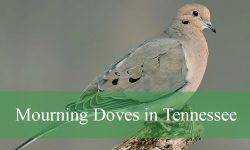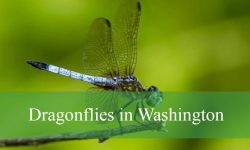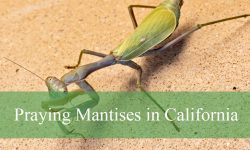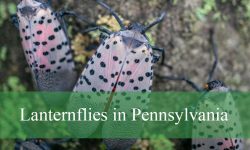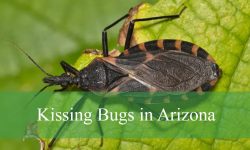Hummingbirds are some of the most captivating birds in West Virginia, dazzling with their vibrant colors, tiny size, and rapid wingbeats. The Ruby-throated Hummingbird is the most common, while Rufous, Black-chinned, and Calliope Hummingbirds occasionally appear as rare migrants, surprising birdwatchers.
Observing hummingbirds in gardens, forest edges, and open meadows reveals their incredible hovering skills, fast darting flights, and energetic feeding habits. Each species exhibits unique behaviors, making every sighting exciting and memorable.
This guide introduces the four hummingbird species recorded in West Virginia. Detailed descriptions cover identification features, size, habitat preferences, behavior, and fun facts, helping bird enthusiasts spot and appreciate these remarkable birds.
Types of Hummingbirds Found in West Virginia
Ruby-throated Hummingbird (Archilochus colubris)

The Ruby-throated Hummingbird is the most common hummingbird in West Virginia and the only species that breeds in the state. Males are easily recognized by their brilliant ruby-red throats, iridescent green backs, and white underparts, while females have a more subdued green back and white underparts without the red throat. Their wings are long and slender, allowing them to hover with precision and even fly backward, a skill unique to hummingbirds.
These birds are tiny, measuring about 7–9 cm in length and weighing only 2–6 grams. Despite their small size, they are incredibly energetic, capable of beating their wings up to 53 times per second. Their long, slender bills are perfectly adapted to feed on nectar from tubular flowers, which provides the high energy needed for their rapid wingbeats.
Ruby-throated Hummingbirds are migratory. They spend the breeding season in West Virginia from mid-April through early September, feeding on nectar, insects, and spiders. When fall arrives, they migrate alone across the Gulf of Mexico to Central America, a journey of up to 800 km non-stop for some individuals, demonstrating remarkable endurance.
Fun fact: Male Ruby-throated Hummingbirds perform dramatic aerial displays during courtship, including a steep “J-shaped” dive that can reach speeds of 27 mph. Their tiny hearts can beat over 1,200 times per minute while in flight, powering their intense energy needs.
Rufous Hummingbird (Selasphorus rufus)
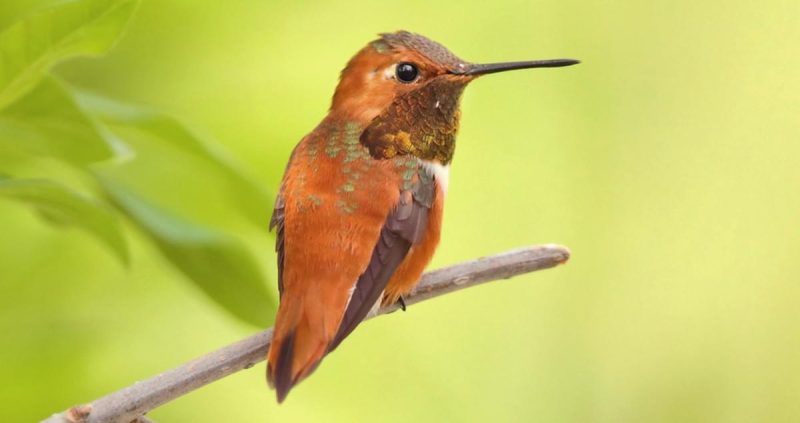
The Rufous Hummingbird is a rare visitor to West Virginia, primarily passing through during migration. Males have a striking orange-red back and throat, with white underparts and green patches on the back. Females and immature birds are duller, with greenish backs and lightly spotted throats, making identification more challenging. They are known for their feisty temperament, often aggressively defending feeding territories against much larger birds.
This species is slightly smaller than the Ruby-throated, averaging 7–9 cm in length and weighing about 3–4 grams. Their short, straight bills are perfectly suited to feed on nectar from small flowers, and their wings beat rapidly, allowing for agile maneuvering among trees and shrubs.
Rufous Hummingbirds breed in the northwestern United States and southwestern Canada but migrate through the eastern United States, including West Virginia, during fall. They are long-distance migrants, with some individuals traveling more than 3,900 miles from Alaska to Mexico, showcasing one of the longest migrations relative to body size among birds.
Fun fact: Despite being rare in the eastern U.S., Rufous Hummingbirds are known for their extreme territoriality, often chasing away other hummingbirds multiple times their size to defend a single feeder or flower patch.
Black-chinned Hummingbird (Archilochus alexandri)
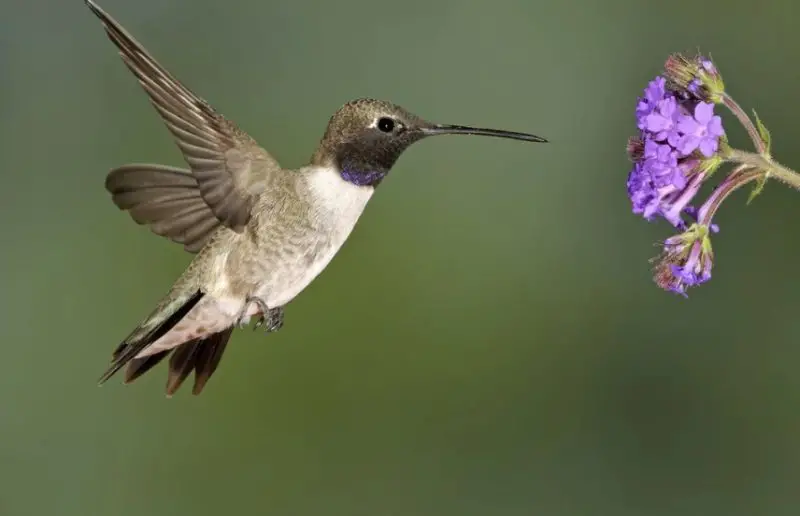
The Black-chinned Hummingbird is an uncommon visitor in West Virginia, mostly originating from the southwestern United States. Males have a black throat with a small purple iridescent patch, green back, and white underparts, while females are more muted, with greenish backs and pale throats. Their wings are long and pointed, allowing them to hover with exceptional precision when feeding.
This species is comparable in size to the Ruby-throated Hummingbird, measuring about 7–9 cm long and weighing 3–4 grams. They are fast and agile fliers, capable of darting quickly to defend feeding territories or evade predators. Their diet primarily consists of nectar, supplemented with small insects and spiders for protein.
Black-chinned Hummingbirds breed in arid and semi-arid habitats such as deserts, scrublands, and canyons of the southwestern U.S., but stray individuals sometimes reach eastern states like West Virginia during migration. They are particularly drawn to hummingbird feeders and brightly colored tubular flowers when present.
Fun fact: During migration, some Black-chinned Hummingbirds have been documented flying at altitudes exceeding 3,000 meters (nearly 10,000 feet), allowing them to cross mountain ranges and challenging terrain with relative ease.
Calliope Hummingbird (Selasphorus calliope)
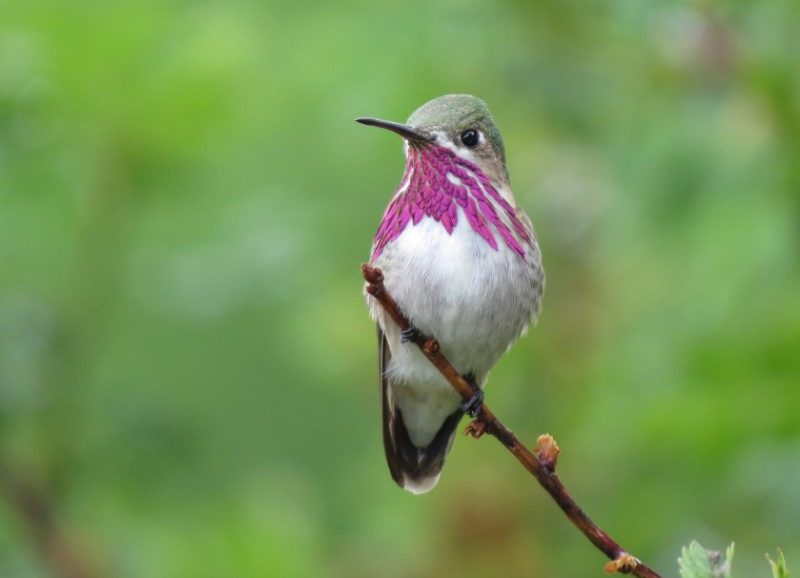
The Calliope Hummingbird, North America’s smallest hummingbird, is a very rare visitor in West Virginia. Males feature striking magenta streaks on their throats against white underparts and green backs, while females are duller with light streaking on their throats. Their petite size makes them hard to spot, but their rapid wing movement and hovering capability are unmistakable.
Measuring just 7–8 cm in length and weighing only about 2–3 grams, Calliope Hummingbirds are tiny powerhouses. Their wings beat extremely fast, allowing them to hover and dart among flowers efficiently. Despite their diminutive size, they are highly active, often visiting multiple feeders and flower patches each day.
These birds breed in mountainous regions of the northwestern U.S. and southwestern Canada and migrate to Mexico for the winter. Occasionally, wind patterns or weather anomalies carry them eastward, resulting in very rare sightings in states like West Virginia. Their diet consists mainly of nectar but also includes insects and spiders, which provide essential protein.
Fun fact: Calliope Hummingbirds hold the title for the smallest long-distance migratory bird in North America. They are capable of flying thousands of kilometers despite weighing less than a dime, an impressive feat for such a tiny species.
Best Time and Places to Observe Hummingbirds in West Virginia
Ruby-throated Hummingbird (Archilochus colubris)
The Ruby-throated Hummingbird is most commonly observed in West Virginia between mid-April and early September, during its breeding season. Peak activity often occurs in late May through July, when adults are feeding young and defending territories. The best locations to observe them include gardens with nectar-rich flowers, woodland edges, meadows, and suburban areas with hummingbird feeders. They are highly attracted to red, tubular flowers and brightly colored feeders filled with sugar water. Early morning and late afternoon are the best times of day to watch these energetic birds when they are most active.
Rufous Hummingbird (Selasphorus rufus)
Rufous Hummingbirds are rare migrants in West Virginia, typically appearing from late August through October during their southward migration. Sightings are more likely in backyard gardens with feeders, forest edges, and open fields with abundant wildflowers. Because they are highly territorial, they often aggressively defend feeding spots, making it easier to observe their acrobatic displays if one is present in the area.
Black-chinned Hummingbird (Archilochus alexandri)
Black-chinned Hummingbirds are very uncommon in West Virginia. They are mostly spotted during late summer and early fall, from August to September, as strays from their southwestern breeding grounds. They are most likely to appear at hummingbird feeders in private gardens or nectar-rich flowering areas in suburban and rural locations. Due to their rarity, any confirmed sighting is considered special for birdwatchers.
Calliope Hummingbird (Selasphorus calliope)
Calliope Hummingbirds are extremely rare visitors in West Virginia, usually seen from late August to early October when weather patterns occasionally carry them off their normal migration route. Observers have the best chance of spotting them at backyard feeders with fresh sugar water, flowering meadows, or edges of woodlands. They are tiny and fast-moving, so patience and quiet observation are key to catching a glimpse of this miniature migratory marvel.
FAQs About Hummingbirds in West Virginia
What species of hummingbirds are found in West Virginia?
West Virginia has four species of hummingbirds. The Ruby-throated Hummingbird (Archilochus colubris) is the only species that breeds in the state. Rufous Hummingbird (Selasphorus rufus), Black-chinned Hummingbird (Archilochus alexandri), and Calliope Hummingbird (Selasphorus calliope) are rare visitors, usually appearing during migration.
When is the best time to see hummingbirds in West Virginia?
The Ruby-throated Hummingbird is most visible from mid-April to early September, with peak activity in late May to July. Rufous Hummingbirds usually pass through from late August to October. Black-chinned Hummingbirds are occasionally spotted from August to September, while Calliope Hummingbirds are seen very rarely from late August to early October. Early mornings and late afternoons are generally the most active times for all species.
Where can I find hummingbirds in West Virginia?
Hummingbirds are often found at nectar-rich gardens, forest edges, meadows, and suburban areas with feeders. Rare visitors such as Rufous, Black-chinned, and Calliope Hummingbirds are more likely to appear at backyard feeders or isolated flowering areas during migration. Planting native, tubular flowers can help attract both common and rare species.
How can I attract more hummingbirds to my yard?
To attract hummingbirds, provide fresh sugar water feeders made of one part sugar to four parts water. Plant nectar-rich flowers like trumpet vine, bee balm, and columbine, and place feeders in quiet, shaded areas. Avoid using red dye in the nectar, and clean feeders regularly to prevent mold and ensure the birds’ health.
What makes hummingbirds unique compared to other birds?
Hummingbirds are the only birds capable of true hovering flight, and they can even fly backward. Their wings beat extremely rapidly, up to 53 times per second in some species. Despite their tiny size, hummingbirds have an extremely high metabolism and undertake long migratory journeys, sometimes flying thousands of kilometers alone.
Are hummingbirds dangerous or aggressive?
Some hummingbirds, particularly male Rufous and Ruby-throated Hummingbirds, are territorial around feeders and flowers. They may chase away other hummingbirds or even larger birds, but they do not pose any danger to humans. Their aggression is limited to protecting feeding areas and territory.

